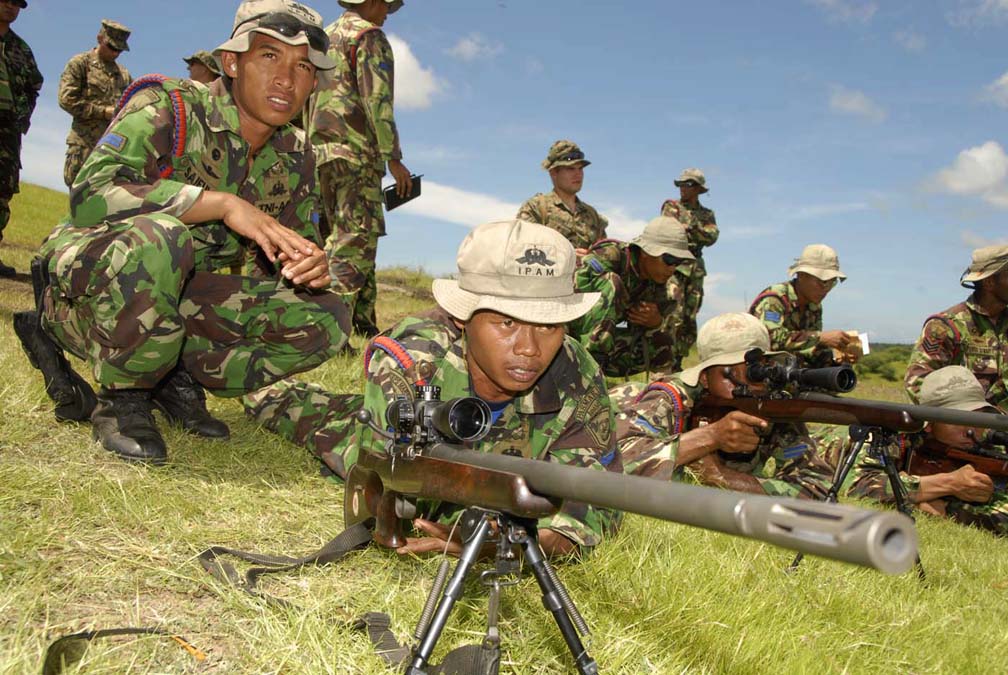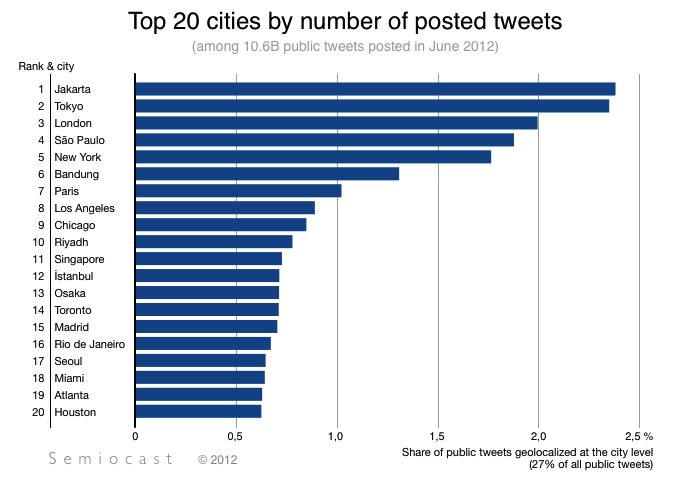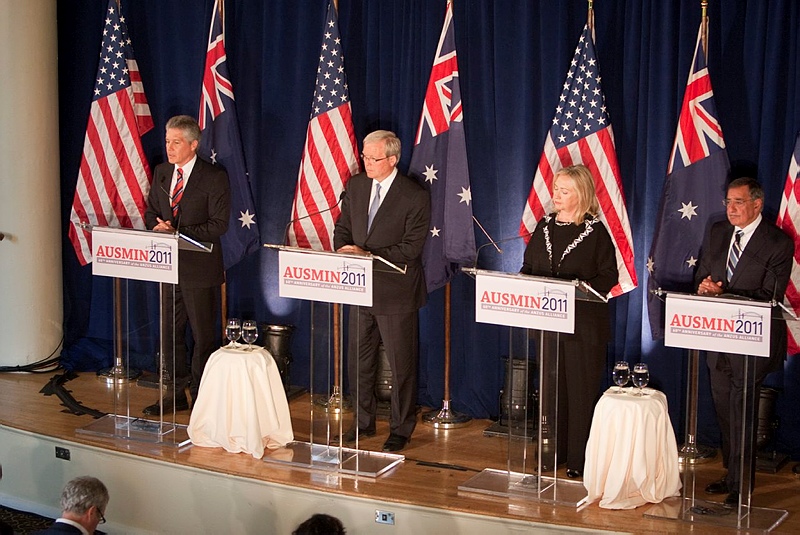Submarines and maritime strategy – part 1
Nic Stuart’s enquiry regarding the need for submarines, asks the reader to think back to the very beginning, the 2009 Defence White Paper. Yet, 2009 is hardly an appropriate start point if we are to adequately grasp the need for submarines, or understand broader Australian maritime strategy.
The real beginning was 1901. In the years following Federation, the fledgling Australian Government sought to understand its needs for the defence of the realm. On 7 April 1902 Major General Hutton, Commandant of the Military Forces of the Commonwealth, noted:
The defence of Australia cannot… be considered apart from the defence of Australian interests. Australia depends for its commercial success and its future development firstly upon its seaborne trade and secondly upon the existence, maintenance, and extension of fixed and certain markets for its produce outside Australian waters. It therefore follows that Australian interests cannot be assured by the defence alone of Australian soil.
The Commonwealth first seriously considered acquiring submarines in 1907. Alongside the mix of destroyers and cruisers that made up the first fleet unit, Australia eventually elected to purchase three submarines, and in 1914 the first two, AE1 and AE2, arrived at Sydney. So began Australia’s nearly 100-year association with submarines, running through the J, O and Oberon classes, until Collins in the 1990s and the current debate. Read more








